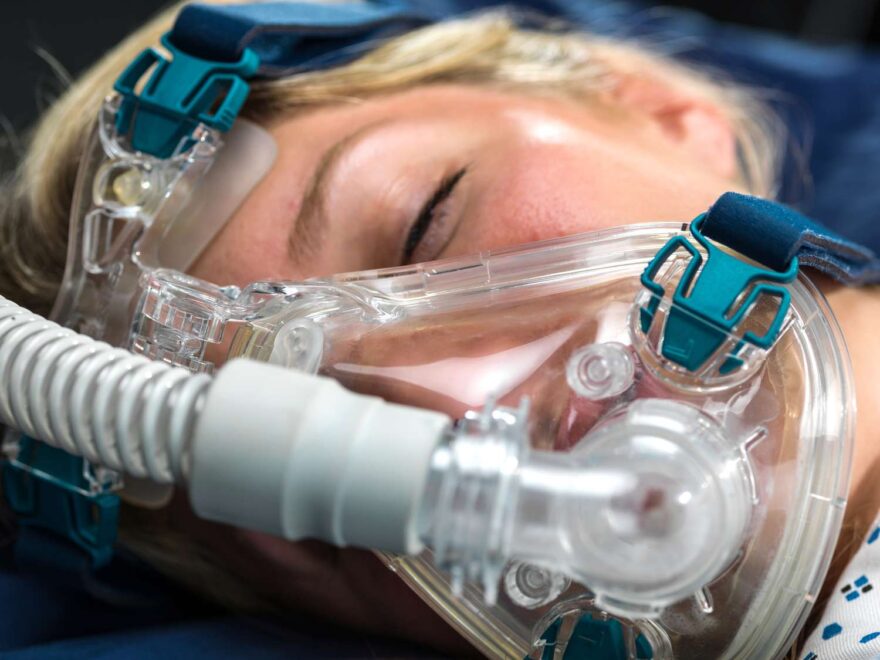Every year, countless newborns face respiratory challenges shortly after birth. In the critical care of these tiny patients, the role of Bubble Continuous Positive Airway Pressure (Bubble CPAP) has become increasingly prominent. This life-sustaining technology has proven to be a vital tool in supporting infants struggling with respiratory distress syndrome (RDS), a common condition in preterm newborns. Here, we will delve into the significance of Bubble CPAP, its mechanism, and why it’s essential for treating respiratory distress in newborns.
What is Bubble CPAP?
Bubble CPAP is a non-invasive ventilation strategy used extensively in neonatal intensive care units (NICUs) across the globe. It delivers continuous positive airway pressure to help keep the lungs of premature infants open throughout the breathing cycle. This method is particularly effective in managing infants with respiratory distress syndrome, as it enhances oxygenation and promotes lung function without the need for invasive mechanical ventilation.
How Does Bubble CPAP Work?
The mechanism of Bubble CPAP is straightforward yet ingenious. It consists of a tight-fitting nasal mask or prongs connected to a tube submerged in a bottle of water. As air flows through the system, it creates pressure by bubbling out through the water. This pressure is maintained throughout the respiratory cycle, helping to keep the baby’s alveoli open and reduce the work of breathing.
The pressure can be adjusted by changing the depth of the tube in the water, providing flexibility to meet the specific needs of each infant. By stabilizing the chest wall and improving lung volume, Bubble CPAP helps to prevent the collapse of airways, thereby enhancing gas exchange and reducing the severity of respiratory distress.
Advantages of Bubble CPAP for Newborns
The use of Bubble CPAP has several advantages over traditional mechanical ventilation, especially for newborns:
- Reduced Risk of Lung Injury: Because Bubble CPAP is less invasive, it minimizes the risk of ventilator-associated lung injury, which is crucial for the delicate lungs of newborns.
- Better Transitioning: Infants on Bubble CPAP often experience smoother transitions to normal breathing as compared to those who undergo mechanical ventilation.
- Lower Infection Rates: The non-invasive nature of Bubble CPAP reduces the risk of infections associated with intubation and mechanical ventilation.
- Cost-Effective: It is generally less expensive to use and maintain than mechanical ventilators, making it a cost-effective option for many healthcare facilities.
Clinical Applications and Effectiveness
Bubble CPAP has been particularly effective in managing preterm infants with mild to moderate respiratory distress syndrome. Studies have shown that early application of Bubble CPAP can significantly reduce the need for mechanical ventilation and its associated complications. It is also used in the treatment of other conditions such as transient tachypnea of the newborn and pneumonia.
Challenges and Considerations
While Bubble CPAP is a revolutionary tool in neonatal care, it is not without challenges. The success of Bubble CPAP therapy largely depends on the skill and experience of the healthcare team. Proper adjustment and monitoring are crucial to ensure the effectiveness of the treatment and to avoid potential side effects like nasal injury or gastric distention.
Moreover, while Bubble CPAP is suitable for a wide range of respiratory distress cases, it is not appropriate for all. In cases of severe RDS or other complications, more advanced respiratory support may be necessary.
Conclusion
Bubble CPAP represents a significant advancement in the care of newborns with respiratory distress. As technology continues to evolve, the application of Bubble CPAP will likely expand, offering hope and improved outcomes for the smallest and most vulnerable patients. For healthcare providers, understanding and implementing Bubble CPAP can make a profound difference in the lives of countless infants, helping them to breathe easier from their very first moments of life.
The implementation of Bubble CPAP newborns stands as a testament to the advancements in medical technology and neonatal care. By continuously supporting research and training in the use of such technologies, healthcare systems worldwide can ensure that the journey into life for these infants is as safe and healthy as possible.

